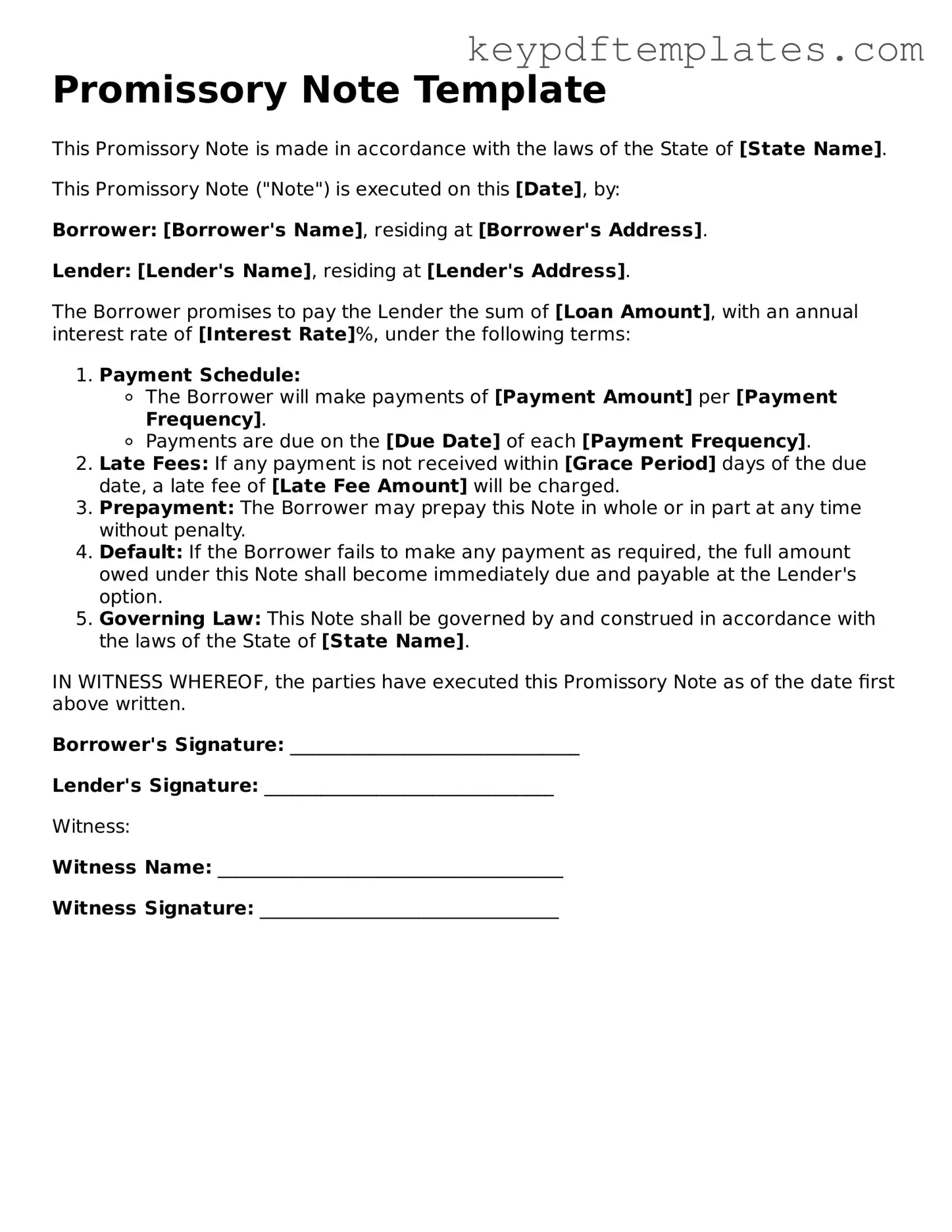Printable Promissory Note Template
A Promissory Note is a financial instrument that contains a written promise from one party to pay a specified sum of money to another party under agreed-upon terms. This document serves as a formal agreement that outlines the details of the loan, including the amount, interest rate, and repayment schedule. Understanding the components of a Promissory Note is essential for both lenders and borrowers to ensure clarity and enforceability in financial transactions.
Modify Document Online
